
OR
Why Rs 155 million ‘Mission Onion’ failed
Published On: December 10, 2019 06:45 AM NPT By: SHREE RAM SUBEDI
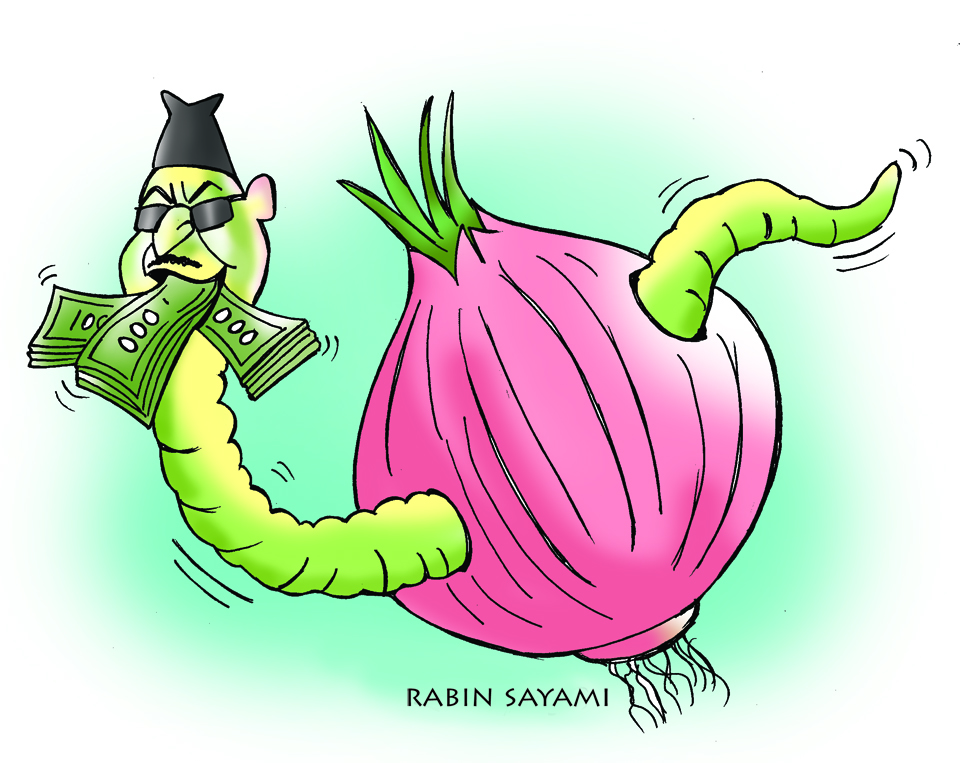
KATHMANDU, Dec 10: The government spent Rs 155 million on a five-year dedicated program to increase onion production and substitute imports of the bulb crop. Sadly, the program faced abrupt closure.
The retail price of onion now stands at Rs 225 per kilogram in Kathmandu, which is a 257 percent increase in just three months. As a result, Nepalis are missing out on one of their kitchen favorites.
India’s ban on onion exports two and a half months ago and the inability of authorities in Nepal to address the issue on time has led to the current situation. The Indians imposed their ban after a fall in output in their key onion producing states, including Maharashtra.
Nepal’s government is blaming ‘external’ factors for the onion crunch. However, a failure in domestic production also played its part and the failure was compounded by irregularities while carrying out a mission to boost the crop in a big way.
According to the National Center for Potato, Vegetable and Spice Crop Development, the government spent Rs 155 million on the mission launched in 2008, covering 10 tarai districts--Siraha, Saptari, Sarlahi, Bara, Rupandehi, Dhanusha, Dang, Parsa, Banke, and Bardiya.
In a move to substitute onion imports from India, over Rs 25 million each was spent in Siraha, Dhanusha, Saptari, and Bara under the mission. Farmers were provided related training, equipment and onion seeds under grants, along with other assistance in setting up nurseries.
The mission objective was to expand the onion cultivation to an additional 18,000 hectares in the program districts, taking the expected production to a total of 271,634 tons.
However, the end result was far below target. “At the end of the project period, we were able to produce an additional 22,593 tons only from the new 2,149 hectares under onion cultivation,” informed Acting Chief of the National Center for Potato, Vegetable and Spice Crop Development, Dr Kamal Raj Gaire.
“The program failed to gather momentum due to the lack of national attention and commitment from all quarters at all levels,” said Bhairab Kaini, former director general of the Agriculture Department, who played an instrumental role in designing the onion mission.
Funding was directly disbursed to the then district agriculture offices against proposals to expand the area and production targets in the respective districts.
Last year, Nepal was able to produce 239,000 tons of onion while 310,000 tons were imported from outside, mainly India, according to official figures. Onion farming is done in around 20,000 hectares across Nepal.
Officials say that multiple reasons led to the failure of the onion mission. Nepal lacked centers for the production of sufficient amounts of onion seed, and seeds were imported from India through informal channels as that country did not allow seed exports. India still does not allow exports.
“The agro-vets at the district level had imported onion seeds- mainly the Pusa red variety-from India through informal channels and provided these to the farmers,” informed officials. Red Creole for the mid-hills and Nasik N 53 Red varieties for the tarai were produced in Rukum, Dailekh and Palpa. However, the production was not of the required level, say officials.
Another reason for failure was lack of cold storage for the onions. The mission wanted to establish such facilities, but was unsuccessful. Scattered production of the onion and lack of storeable quantities were major hindrances for the owners of cold store facilities.
“We published tender calls for establishing such facilities in Pathlaiya, Butwal and Kohalpur but there were no takers,” said Basu Subedi, a senior horticulturist who had worked with the onion mission. The country simply lacks the storage facilities.
Unlike potatoes, onion is considered costly for storing as it requires the maintaining of certain levels of humidity and temperature, and it should be placed in smaller bags for constant air circulation, according to experts.
“While the mission aimed at substituting the import from India, it could do so only during seasonal production and could not affected the import scenario during the off-seasons,” reads an internal review report conducted by the Agriculture Department in 2012.
Officials concerned confide that unrest due to the Madhes Andolan also contributed to the mess. The timing of the Madhes unrest coincided with the onion mission , adding further difficulty to monitoring the mission.” Lack of monitoring from the center and unwillingness of the district office to implement the mission led to its failure,” added Kaini.
One of the major reasons for the collapse of the mission was reported “irregularities” in some project districts. “Cases of irregularities were filed in Dhanusha and Saptari,” the internal review says. Official said grant money was used for purposes other than the stated ones. It was also reported that farmers took the grants but did not use the money on the project.
The failure of the onion mission demands a serious review on the difference between “intent” and “implementation” in the government’s project, and learning from failure is critical for a way forward, say experts. The provincial governments should promote onion farming in suitable areas, and individual households across the country should be encouraged to meet their needs through their own production, suggests horticulturist Subedi.“New breeds of onion like the Bhima series have been introduced in the market. We need to emphasize robust research and a development strategy to address the gap. Distribution of seeds alone did not work,” he adds.
“It’s easier said than done,” spokesperson of the Ministry of Agriculture and Livestock Development, Dr Hari Bahadur KC, said, “Onion farming is labor intensive, requires irrigation and needs to deal with sensitive seeds; these all have contributed to the shortfall in production.”
Importing from India looks easy, but what we can do for now is consume less and keep producing on our smaller land areas, he added. The government is implementing another four-year program in Kapilvastu, Dang, Banke and Bardiya to add an additional 400 hectares and produce better seeds and bulb-lets, he informed.
Agriculture in Nepal is considered a critical driving force for economic growth and for substantially reducing poverty. Almost 68 percent of the people are engaged in this sector. But over the last decade, agriculture’s contribution to GDP has witnessed a constant decline—from 31.6 percent in 2007 to 26.24 percent in 2017.
Of the total agriculture input into GDP, vegetables contribute 20.48 percent, potatoes 10.51 percent and spice crops 2.37 percent, according to figures provided by the Ministry of Agriculture and Livestock Development.
You May Like This

Eat lots of onions, leeks and garlic to slash your chance of getting deadly bowel cancer, doctors say
Allium vegetables cut the risk of bowel cancer, according to a new study ... Read More...
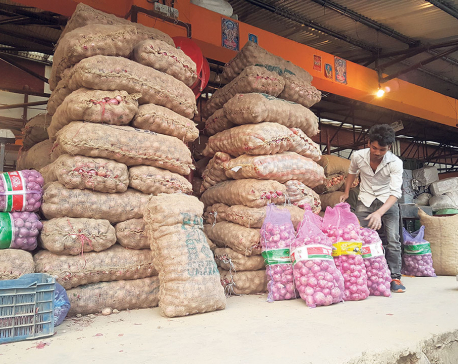
Valley onion price drops to lowest in eight months
KATHMANDU, March 19: The price of onions has plummeted over the past week in the Kathmandu Valley. The wholesale price for... Read More...





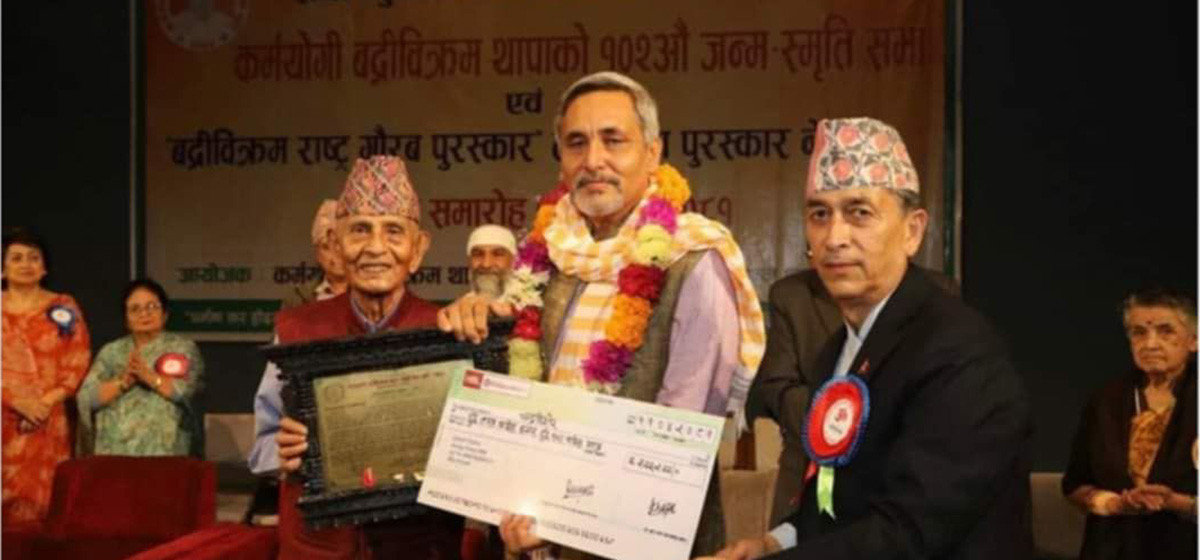

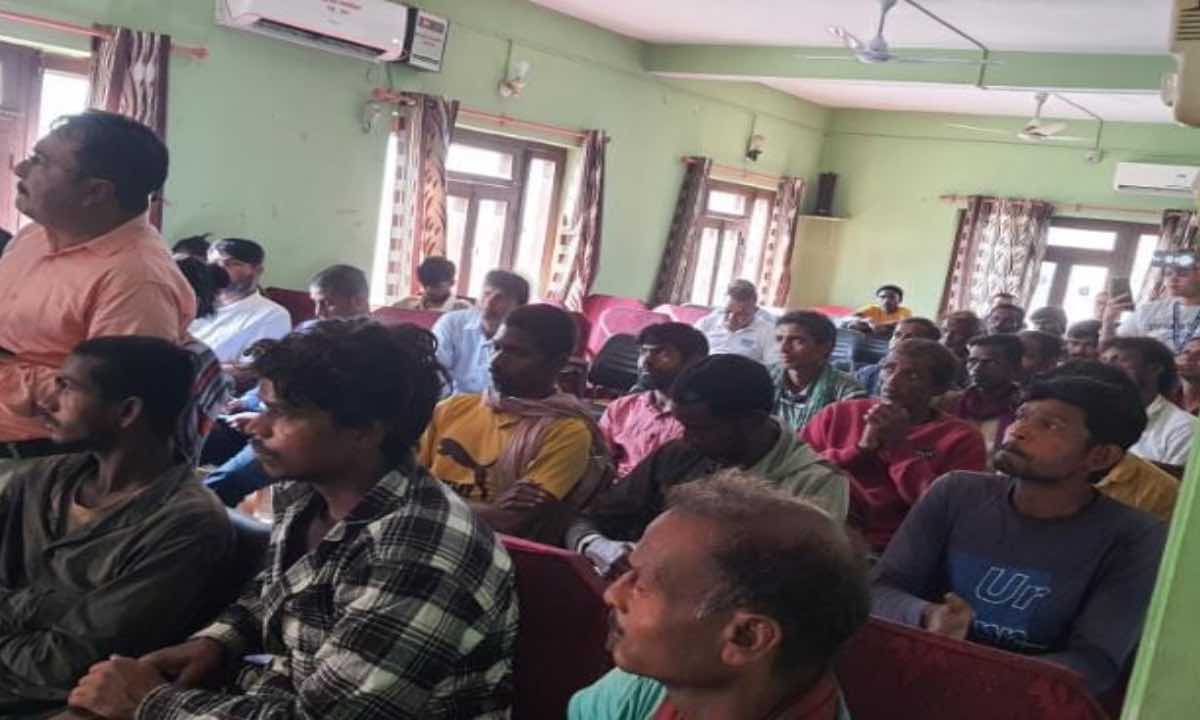

Just In
- Four NC ministers take oath of office and secrecy
- Dr Ruit and Journalist Chandra Kishore feted
- Kathmandu records highest number of divorce cases with 13 couples filing for divorce daily
- Rapid response team mobilized in Dhangadhi against cholera outbreak
- 28 workers held hostage in India rescued
- Simaltal bus accident: 40 kg magnet deployed in search for missing bus
- Youth of eight districts lead in foreign employment
- Nepal at high risk of Chandipura virus








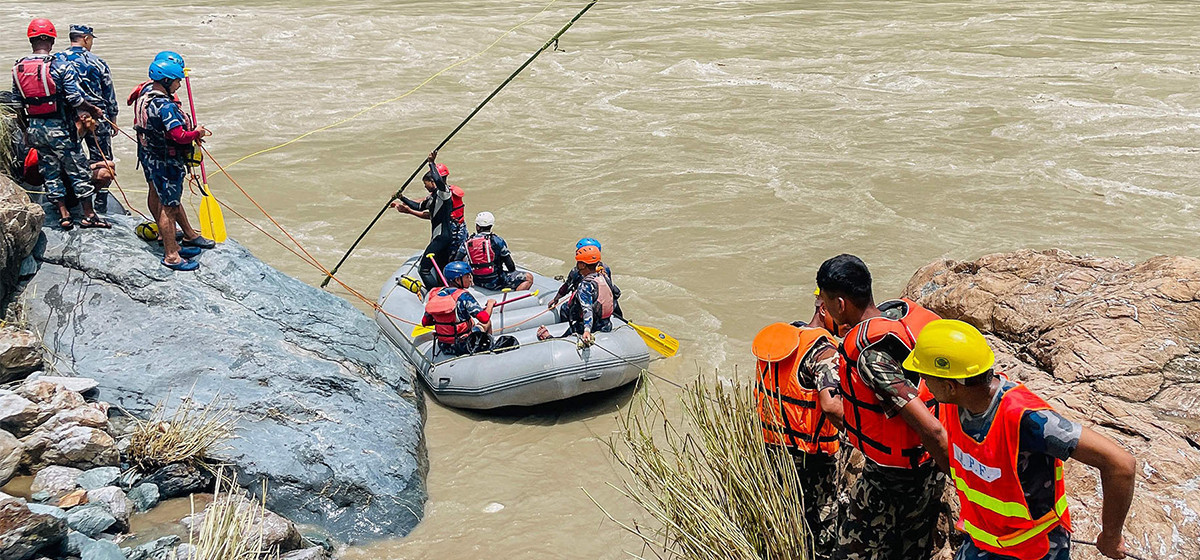

Leave A Comment